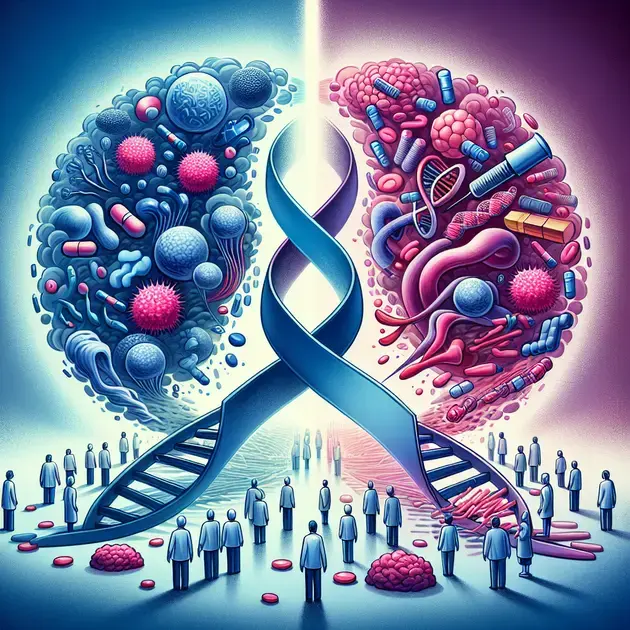Title: Combining Two Gene Editing Methods for Efficient Cancer Research
Introduction:
Researchers are constantly striving to advance our understanding and treatment of cancer. In an exciting development, a group of researchers has successfully merged two gene editing methods, allowing them to swiftly investigate the implications of numerous genetic mutations associated with cancer’s development and treatment. This innovative approach promises to enhance our knowledge of cancer genetics and open new doors for personalized therapies.
The Study:
In this study, scientists combined two cutting-edge gene editing tools, namely CRISPR-Cas9 and CRISPR activation (CRISPRa), to streamline the exploration of genetic mutations and their impact on cancer. By leveraging the precision and versatility of these techniques, the researchers aimed to expedite the investigation of various genetic alterations linked to cancer progression and response to treatment.
CRISPR-Cas9, known as a genome-editing tool, serves as the foundation for this research. It enables scientists to selectively modify DNA sequences, disrupting or introducing specific gene mutations implicated in cancer. Additionally, the CRISPRa technique enhances the process by activating specific genes, mimicking the natural gene expression mechanisms.
Significance and Applications:
By combining the two gene editing methods, researchers gain a powerful tool that can accurately elucidate the functional consequences of mutated genes within cancer cells. This breakthrough technology enables a faster evaluation of the biological significance of multiple genetic alterations, accelerating the comprehension of underlying mechanisms driving cancer formation, progression, and response to treatments.
The ability to investigate the clinical relevance of various genetic mutations promptly can enhance the development of targeted therapies. With a deeper understanding of how specific gene alterations affect cancer cells, scientists can identify novel therapeutic targets and potentially design personalized treatment strategies for patients based on their unique genetic profiles.
Conclusion:
The merger of CRISPR-Cas9 and CRISPRa technologies has positioned scientists at the forefront of cancer research. This potent combination allows for detailed investigations into the functional consequences of genetic mutations associated with cancer, ultimately helping to unravel the complexities of this disease. As researchers continue to harness the potential of gene editing, we can anticipate significant advancements in both cancer biology and the development of precision medicine approaches.
